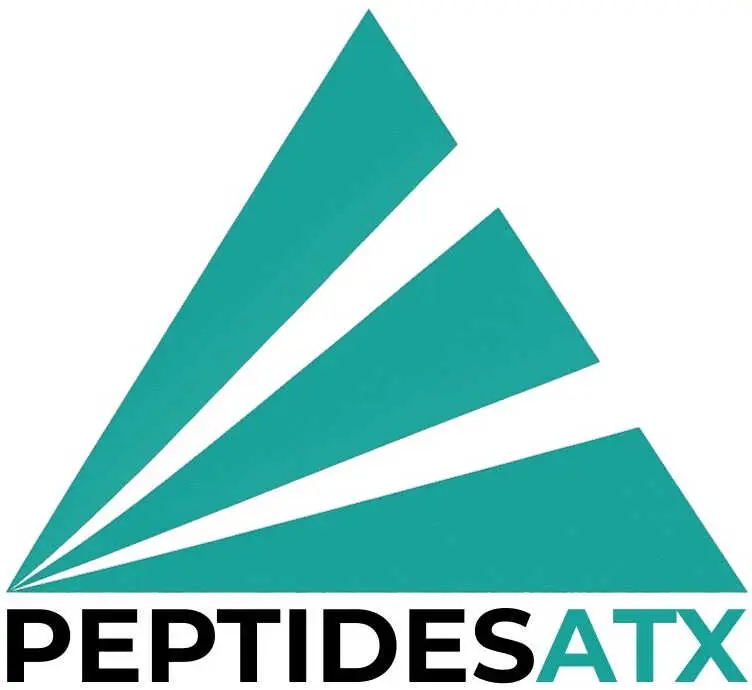
Description
Melanotan 1 is a synthetic peptide structurally related to alpha-melanocyte-stimulating hormone (α-MSH), a naturally occurring molecule involved in the regulation of skin and hair pigmentation. Like α-MSH, Melanotan 1 interacts with the melanocortin receptor 1 (MC1R), which plays a key role in stimulating melanin production in melanocytes.
Preclinical research has shown that Melanotan 1 closely mimics the activity of α-MSH but with slightly altered receptor binding characteristics, differing by a single amino acid. It is known to be a non-selective agonist of several melanocortin receptors, including MC1R, MC3R, MC4R, and MC5R.
Although originally developed as a potential agent for sunless tanning, studies soon revealed its broader impact on melanocortin receptor activity, including effects on energy regulation and metabolic signaling. Ongoing research continues to investigate Melanotan 1’s utility as a tool for better understanding the melanocortin system and its diverse physiological roles.
This compound is intended for laboratory research use only. It is not approved for human or veterinary use.
Description
What is Melanotan 1?
Melanotan 1 is a synthetic analog of alpha-melanocyte-stimulating hormone (α-MSH) and has been studied for its effects on pigmentation pathways, particularly through its interaction with melanocortin receptors. In select clinical contexts outside the U.S., it has been investigated for its potential to help reduce sun-induced skin sensitivity, especially in individuals with conditions like erythropoietic protoporphyria.
Although originally developed for its ability to enhance pigmentation, preclinical and clinical research has expanded to explore Melanotan 1’s influence on other physiological systems, including blood pressure regulation, appetite control, and neuroendocrine signaling.
The peptide remains under investigation in ongoing clinical trials, including studies related to polymorphic light eruption, actinic keratosis, and other sun-induced dermatologic conditions. Research also continues into its potential relevance in cutaneous repair and melanocortin pathway modulation.
This compound is intended for laboratory research use only. It is not approved for human or veterinary use.


Reviews
There are no reviews yet.